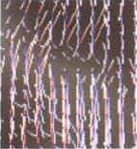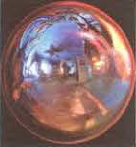Chapter 12. Advanced Techniques
"Stereoscopic technology certainly holds interesting possibilities once we get over the 'we must put the sword in the viewer's face' phenomenon."

After Effects and Nuke contain toolsets that may be considered "advanced." This does not mean that they are necessarily difficult to apply. However, they do tend to be unintuitive—or they are at least based on unusual algorithms or workflows. The tools include those that process HDRI, prepare multiple views for stereoscopic 3D, time-warp footage, retexture CG in the composite, simulate physical effects, and provide various scripting languages for customization or automation. There are no tutorials in this chapter. However, at the end, the reader is encouraged to use all the techniques discussed in this book to combine provided footage and image files creatively.

High Dynamic Range Images
High Dynamic Range Imaging (HDRI) techniques store extremely large dynamic ranges. A dynamic range is the ratio of minimum to maximum luminous intensity values that are present at a particular location. For example, a brightly-lit window in an otherwise dark room may produce a dynamic range of 50,000:1, where the luminous intensity of the light traveling through the ...
Get Professional Digital Compositing: Essential Tools and Techniques now with the O’Reilly learning platform.
O’Reilly members experience books, live events, courses curated by job role, and more from O’Reilly and nearly 200 top publishers.

